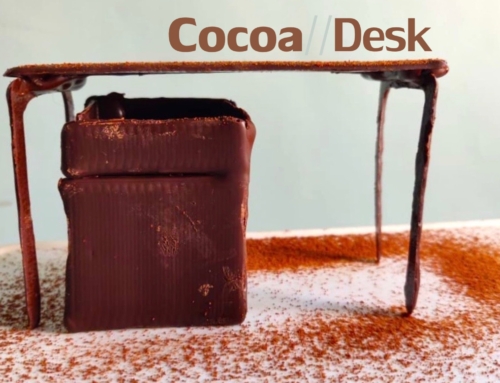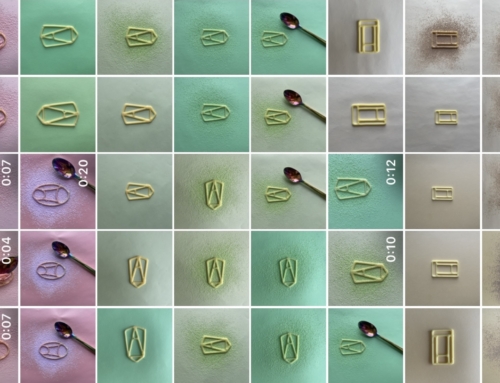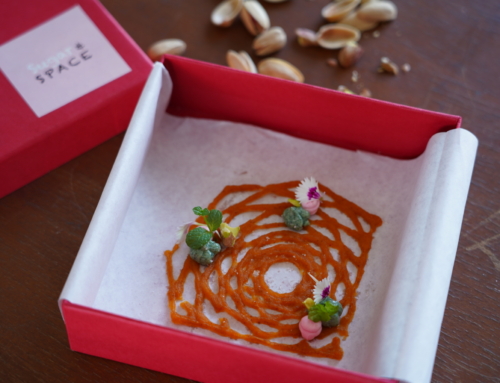One of France’s greatest contributions to the world is food culture. The French consider eating to be a social activity, and longer the duration of the meal, the better. These longer-than-average meals are made with fresher, unprocessed foods. This may have something to do with the French paradox redux.
7 Course French Sit Down Dinner
Bread will always be present throughout the meal, whether you want it or not, unlike in many other European cuisines. In France, bread is a symbol of hospitality, so to not serve it is considered offensive.
-
L’Aperitif: In America, appetisers are the start of the meal; in France, it’s l’aperitif – small bites typically served with an alcoholic drink. These light snacks might include olives, peanuts, or some sort of canapé, or a small piece of toast with a flavourful topping. The beverage might be a few fingers of whiskey or bourbon, a martini, or a glass of Champagne. If this formal French meal is being served at home, typically l’aperitif will be served away from the dining room, like in the formal living room.
-
L’Entrée/Hors D’oeuvres: The entree of a French meal isn’t the main course but rather the appetiser. The French word “Entrer,” or to enter, explains its place in a formal meal. Seasonality in food is important to classic French cooking, so you might be served anything from beef carpaccio to salmon mousse to French onion soup.
-
Fish: In a formal restaurant, a fish course garnished with vegetables comes between l’entree and the main course, though it might be considered the main course at home. This may also be followed by a small dish of lemon or lime sorbet to cleanse the palate and refresh the senses.
-
Main Course: An elaborate meat or poultry dish, accompanied by a vegetable garnish, will be served next as the main course, or le plat principal. The vegetables will usually be served on the side, not on the same plate, and will likely be simple, seasonal vegetables.
-
Salad: Traditionally, simple greens tossed with vinaigrette are served as a means of cleansing the palate and aiding digestion. Modern French cuisine has brought about some very elaborate salads and dressing flavors, but these are more likely to be found in an informal place or the home.
-
Cheese: The French reputably eat more cheese than anyone else in the world. After the salad, and before (may also replace) the dessert they appreciate a selection of it served on a wooden board and only if you are a foreigner would you be offered bread. The French like cheese au natur, or as it comes. Fruit and other condiments are rarely served alongside, as this tends to be a more British or American custom.
-
Dessert: Special occasions call for a treat. French desserts are indulgent, rich, and so beautifully decorated, but they’re typically small. It might be a chocolate profiterole, mousse, or an apple tart. A small demitasse of freshly brewed café usually accents the sweets.
Other formats of a French Sit Down Dinner
A 5 course dinner menu includes an hors d’oeuvre, appetiser, salad, main course, and dessert. A 3 course dinner menu includes an appetiser, main course, and dessert. There’s even a 12-course format, but I’m too stuffed to write about it.
Setting the Table, an exploration of eating rituals across cultures that goes far beyond four legs and a surface.
Let’s grab a (virtual) cup of coffee and chat about working together. Contact us.










Leave A Comment